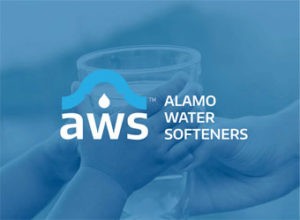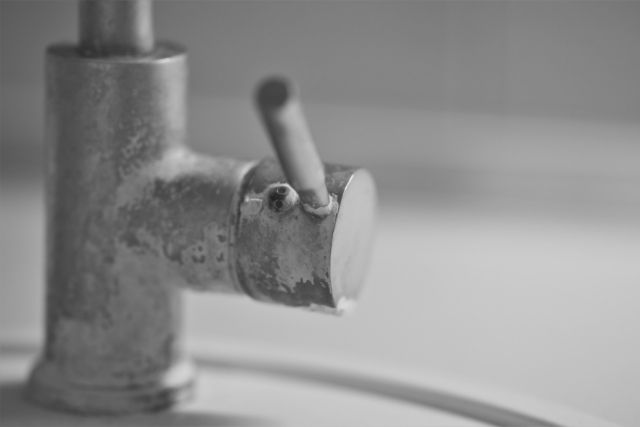Finding The Best Location for A Water Softener in Your Home

Alamo Water Solutions Total Care 2 Plus One Fliter

Alamo Water Solutions Houston – Drinking Water – Water Filtration
Whether you have a full-sized basement, crawl space, closet, or another area in mind, there are many factors to consider when thinking about water softener installation.
The First Step: Understanding Your Water
Before you even think about installation, the very first thing you need to do is understand what’s in your water and consider your household’s needs. Knowing this information is important to determine the size and type of softener necessary to treat your water and accommodate your lifestyle. Alamo Water Solutions come in a variety of capacities and sizes.
The physical size of the softener will determine how much space is needed for installation. Our professionals determine the appropriate size by considering several factors including the flow rate, the amount of water your household uses and the quality of your water.
It’s important to consider the flow rate to make sure your home does not run out of softened water. Flow rate, measured in gallons per minute (gpm), is determined by considering all of the fixtures and appliances in your home that may operate at the same time. If flow rate isn’t considered when selecting a system, and your softener is too small, you may experience decreased water pressure and hardness coming through the system.
Another factor is water usage. According most studies the average person uses 80-100 gallons of water per day. While that amount might be surprising, consider each time the shower, bath or sink faucets are running, toilets are flushed, and laundry is done. It’s easy to consume gallons of water without even realizing it. To size your softener appropriately, you’ll want to multiply the number of gallons each person uses by the number of people living in your home. Don’t be surprised if this number is A LOT higher than you originally thought.
All Alamo Water Solutions technicians will also look at the hardness of your water. Hardness is the amount of dissolved calcium and magnesium in your water and is measured in grains per gallon (gpg). This helps determine the amount of media needed inside your water softener to remove hardness. The bigger the system, the more media it can hold, and the more hardness it can remove. In addition to hardness, there may also be iron in your water, requiring a separate filter or a system that handles both iron and hardness removal.
To accurately determine what is in your water, including other possible contaminants, call Alamo Water Solutions in Houston today at (210) 274-6122 to schedule comprehensive water test. Once we understand more about the minerals and contaminants in your water, our technician can recommend the proper equipment to adequately treat your water and accommodate your household’s needs. With a better understanding of the right equipment required, we can consider the location of the system next.
Where Should Your Water Softener Go?
The ideal location for a water softener is on level ground, near the water’s point of entry into the house. If your home uses well water, the entry point is generally next to the pressure tank. If your home uses city water, it’s usually next to the water meter. A drain and a power source should also be nearby, and there should be enough space to accommodate the size of the equipment.
Most homes will require a relatively small footprint for a standard-sized water softener. As long as there’s access to plumbing, piping, a drain, and power, a water softener can go wherever a homeowner wants, as long as it’s within code restrictions and equipment performance requirements, such as the temperature. Water softeners won’t work in unheated areas where the temperature can get below freezing. The softener should also not be in direct sunlight. The optimal temperature of the location should be between 35 and 100 degrees Fahrenheit.
Here are some examples of common locations where water softeners are installed:
Basement
Most homeowners choose to have their system installed in the basement. A full basement generally has enough space to accommodate any size softener as well as a variety of other water treatment equipment. Although they should be near the water source, a drain, and power supply, water softeners are typically installed near the home’s water heater to keep the equipment centralized.
Crawl Space
Some crawl spaces can accommodate water softeners, but the size of the system may be limited depending on the space available. Before your equipment is installed, proper measurements should be taken to make sure it will fit comfortably. Because the brine tank needs to be filled with water softener salt on a regular basis, having easy access should be considered before committing to a crawl space location.
Garage
For homes without basements or crawl spaces, a garage is another great option for water softener installation. Typically, a garage provides plenty of space and storing softener salt is more convenient than hauling it in the basement. Sometimes, additional plumbing work is necessary for garage installations, and you’ll also want to make sure the area is temperature-controlled to stay within the ideal range for your softener to function correctly.
Utility Room
For homes without a basement or garage, systems can be installed in a utility room. These spaces tend to be small and so creative problem solving may be necessary. Cabins or other seasonal dwellings constructed on a slab may have few options available. Closets or utility rooms can be a good fit for a unit after some extra effort to create a drain for the system.
Trust a Water Treatment Professional’s Expertise for Installation
There are water treatment solutions for almost every situation. The only way to determine the best approach to your unique needs, is to consult with one of our water treatment professionals. In the long run, the right recommendation and proper installation could save you headaches and maintenance issues down the road. So go ahead and contact Alamo Water Solutions in Houston today at (210) 274-6122.
Follow Us!
Alamo Water Solutions on Facebook
Alamo Water Solutions Reviews on Birdeye
Alamo Water Solutions on HomeAdvisor
[gravityform id=”1″ title=”true” description=”true”]
